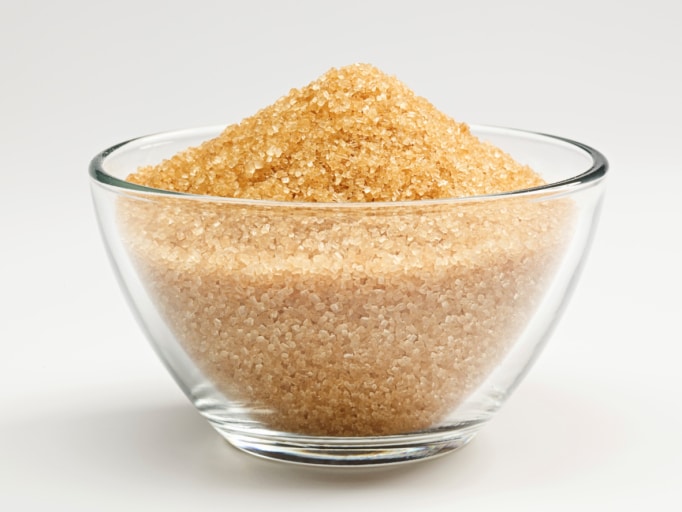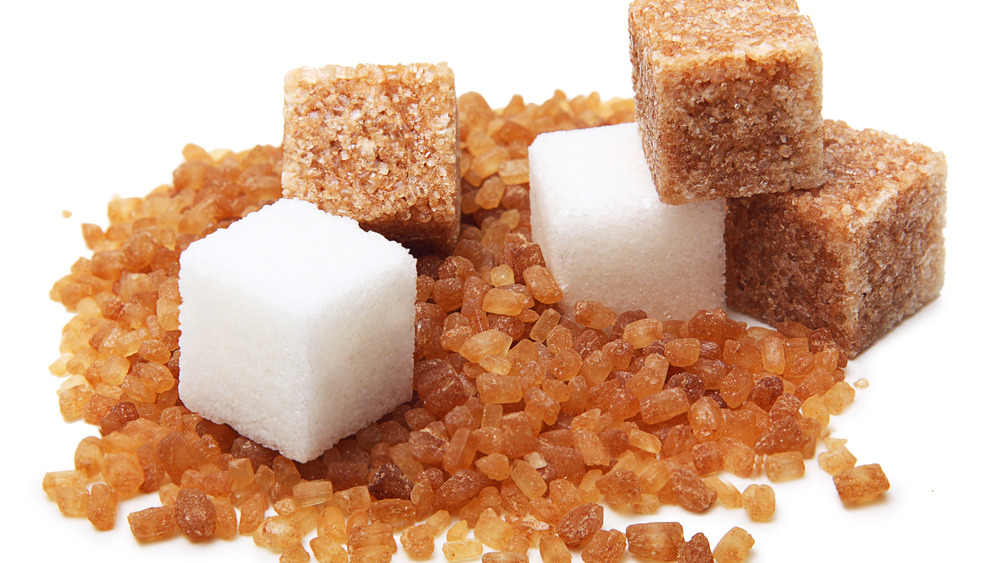The Scientific Research Behind Cane Sugar Processing: How Sweetness is Refined
The Scientific Research Behind Cane Sugar Processing: How Sweetness is Refined
Blog Article
An Extensive Overview to the Environmental Impact and Sustainability Practices in Walking Cane Sugar Handling
The environmental influence of walking stick sugar processing offers an intricate range of challenges that warrant mindful assessment. From soil degradation and too much water usage to the carbon footprint linked with growing and production, the effects of conventional practices are far-ranging. What particular techniques can be carried out to strike a balance in between performance and environmental stewardship?
Overview of Walking Cane Sugar Processing
Walking cane sugar processing includes a series of systematic steps that change sugarcane into refined sugar. Initially, gathered sugarcane is delivered to processing centers, where it undergoes cleansing to remove dirt and particles. Following this, the walking stick is squashed to draw out juice, which is after that clarified by getting rid of contaminations through home heating and the enhancement of lime.
The cleared up juice undergoes evaporation, where water is gotten rid of to concentrate the sugar web content. This concentrated syrup is after that crystallized via cooling, enabling sugar crystals to create. These crystals are separated from the continuing to be syrup using centrifugation, leading to raw sugar. To achieve polished sugar, the raw item undergoes more filtration procedures, which might include filtering and washing to remove remaining pollutants and color.
The end product is then dried and packaged for distribution. Throughout this whole procedure, preserving efficiency and quality assurance is necessary to make sure the sugar fulfills sector criteria. Each action in cane sugar processing not only contributes to the final product however likewise has ramifications for source use and waste generation, establishing the phase for conversations on sustainability and ecological influences connected with sugar manufacturing.
Ecological Obstacles of Manufacturing
The manufacturing of walking stick sugar offers several significant ecological obstacles that warrant focus. One key problem is the comprehensive use of agrochemicals, including fertilizers and chemicals, which can result in soil degradation, biodiversity loss, and contamination of neighborhood water resources. The drainage from sugarcane areas usually lugs these chemicals into nearby ecosystems, interrupting aquatic life and influencing the wellness of neighborhoods reliant on these water bodies.
Another challenge is the high power usage connected with sugarcane processing. The boiling and refining phases need substantial warmth, mostly produced by burning fossil gas, contributing to greenhouse gas emissions. Additionally, the large land area required for sugarcane farming can result in logging and habitat destruction, additional intensifying environment adjustment and threatening wild animals.
Additionally, the labor practices in some areas increase moral issues, as employees may encounter inadequate working conditions and poor salaries. This scenario commonly perpetuates a cycle of destitution in local neighborhoods. Cane Sugar Processing. Addressing these ecological obstacles is essential for establishing much more lasting practices in walking stick sugar manufacturing, ultimately benefiting both the setting and the communities associated with this sector
Water and Land Usage Impact
Water sources and land application are vital parts in the cane sugar market that significantly impact the setting. The cultivation of sugarcane needs significant water input, with estimates suggesting that it can take in approximately 2,000 litres of water per kilogram of sugar produced. This intensive use water usually results in deficiency of neighborhood water sources, affecting not just the sugarcane haciendas but additionally surrounding ecological communities and communities that rely upon the very same water sources for farming and domestic usage.

Additionally, land usage for sugarcane farming can bring about logging and the conversion of all-natural habitats right into monoculture ranches. This technique decreases biodiversity, interferes with local environments, and adds to soil degradation. The development of sugarcane fields commonly trespasses on useful farming land, creating competitors for sources between food and biofuel production.
Lasting techniques, such as enhancing watering methods and executing crop turning, are necessary to alleviate these influences. By adopting much more effective water use and land management techniques, the walking cane sugar sector can reduce its environmental impact, ensuring a balance between agricultural efficiency and ecological conservation.
Greenhouse Gas Emissions
Greenhouse gas exhausts represent a significant environmental worry within the walking cane sugar handling sector, specifically as farming practices expand to meet global demand. The cultivation of sugarcane, a crop that thrives in tropical climates, depends heavily on synthetic fertilizers and pesticides, which add to nitrous oxide discharges. Furthermore, land-use modifications, including logging for brand-new sugarcane plantations, release carbon dioxide stored in vegetation and dirt.
During processing, power usage is an additional significant source of greenhouse gas discharges - Cane Sugar Processing. Many sugar mills make use of nonrenewable fuel sources to power machinery and generate warmth, leading to considerable carbon impacts. Moreover, the transportation of raw sugarcane and finished items adds layers of emissions check this with fuel combustion in automobiles
This includes evaluating existing agricultural techniques, processing techniques, and transport systems to determine locations for enhancement and reduction. Dealing with greenhouse gas emissions is vital for cultivating a much more sustainable walking stick sugar sector in an altering environment.

Lasting Practices and Innovations
Lasting methods and developments are increasingly vital in the walking cane sugar processing market as stakeholders seek to minimize ecological impacts while preserving performance. One considerable improvement is the application of incorporated crop administration, which enhances resource use by incorporating dirt management, parasite control, and crop turning techniques. This technique enhances return while minimizing chemical inputs and protecting soil health and wellness.
Furthermore, the fostering of renewable power resources, such as biomass from sugarcane residues, has actually gained traction - Cane Sugar Processing. By transforming waste products into power, processing facilities can decrease their dependence on nonrenewable fuel sources, thus decreasing greenhouse gas emissions
Water administration techniques have likewise seen improvements with the recycling and reusing of water in handling plants, considerably lowering freshwater consumption. Technologies in technology, such as accuracy agriculture, make it possible for farmers to monitor crop health and wellness and source use better, making sure lasting farming practices.
Furthermore, accreditation programs like Fair Trade and Rainforest Alliance urge ecologically liable farming practices and promote social equity within the supply chain. By embracing these sustainable practices and technologies, the cane sugar processing industry can improve its resilience and add positively to environmental stewardship.
Conclusion
The environmental impact of cane sugar processing offers substantial obstacles, consisting of dirt deterioration, high water usage, and greenhouse gas discharges, together with moral worries associated to labor methods. Attending to these problems through sustainable techniques, such as incorporated crop management, renewable power fostering, and water recycling, is crucial. By advertising socially equitable and environmentally liable techniques in sugar production, the industry can minimize its damaging impacts, guaranteeing a more lasting future for both ecological communities and neighborhoods entailed in find here this sector.
Cane sugar handling includes a series of organized steps that change sugarcane into polished sugar. Each action in cane sugar handling not only adds to the final product yet likewise has implications for source usage and waste generation, establishing the phase for discussions on sustainability and ecological effects associated with sugar manufacturing.
Greenhouse gas emissions represent a significant ecological concern within the walking stick sugar handling industry, especially as agricultural methods increase to satisfy international demand.Lasting techniques and advancements are increasingly essential in the cane sugar handling sector as stakeholders look for to reduce ecological effects while keeping efficiency.The environmental effect of walking cane sugar handling presents significant see here now obstacles, consisting of dirt destruction, high water intake, and greenhouse gas exhausts, together with honest worries connected to labor techniques.
Report this page